We wanted to try and create the timeline of laser scanners, the real game-changing laser scanners that have impacted the laser scanning world as we know it today!
If you have any laser scanners or information you think we might have missed off, please let us know and we will add it in. Please email – info@scantech-international.com
Laser scanning originated in the 1960s in an effort to capture the profile of surfaces accurately.
The first laser scanners performed using lights, projectors and cameras and took an inordinate amount of time to scan an object.
The end result at this time wasn’t however very accurate. From 1985, new scanner technology was developing which started to use white light, lasers and shadows to capture an object.
Again these were cumbersome and slow and the computing requirements at that time had not developed to cope with the requirements.
the first commercially available scanner (the Soisic scanner) became available in 1992 capable of 100 points per seconds, at a maximum range of 10 metres. This scanner was produced by Mensi (who 11 years later were sold to Trimble).
This scanner was trialled by Amec in 2001 on a process plant but was found to have too many issues to be considered as a survey tool at that time.
Cyra Technologies, founded by Ben Kacrya, created the first-ever laser scanner to be used by Surveyors and Engineers – the Cyrax.
This was a portable scanner albeit with the battery and laptop weighed approximately 40kg. This scanned at an angle (or Field of View – FOV) of 40° x 40° and 1200 points per second at up to 50m against a flat white surface.
Several years later Cyrax sold the technology to Leica Geosystems and the scanner was rebranded as the HDS 2400.
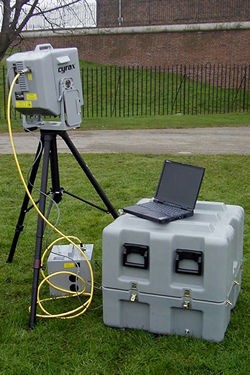
One of the continuing issues is the file size created by the scanner for a 3D object.
The equipment to perform a 3D laser scan now existed in a usable format, however, the computers at that time struggled to handle the large volume of data.
As computing capability grew there was a steady increase in the use of 3D laser scanners as the price was prohibitive but with the reduction in price over the years and the improvement in the technology has continued to grow.
In 2002, Leica upgraded the HDS 2400 to the HDS 2500 which had a quoted accuracy of 6 millimetres, a maximum range of 50m and 1500 points per second still with a FOV of 40° x 40°.
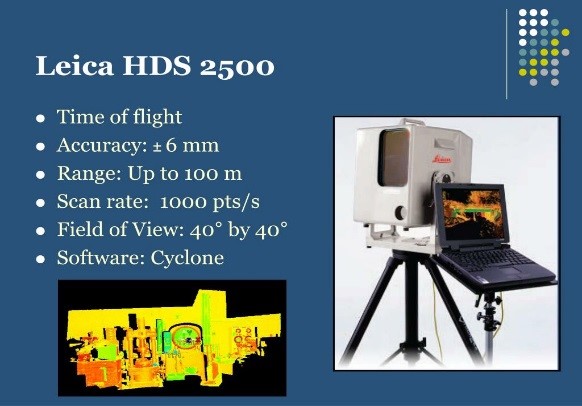
Developments continued at a pace and in 2004 Leica introduced the HDS 3000 scanner which was a step-change in the technology. Although the accuracy, range and speed were comparable with the HDS 2500the FOV increased to 360° x 270° in a reasonable 30-40 minutes.
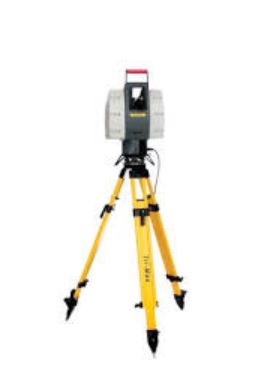
Scanning speed and range improved at an astonishing rate with Riegl producing a range of scanners that produced 12,000 points per second and up to 100m distance with a FOV of 360° x 80°. Other surveying suppliers followed suit including amongst others Topcon, Trimble and Faro.
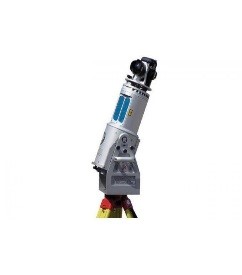
Companies continued to develop the scanners with Leica releasing the HDS 6000 with a FOV of 360° x 270°, 6mm accuracy at 50 metres and a scan time of just 3.5 minutes for 500,000 measurements per second scan.
This was the first scanner to hugely improve the vertical axis range, taking it from 80 degrees to 270 degrees. This made scanning ceilings and objects above the scanner a lot easier.
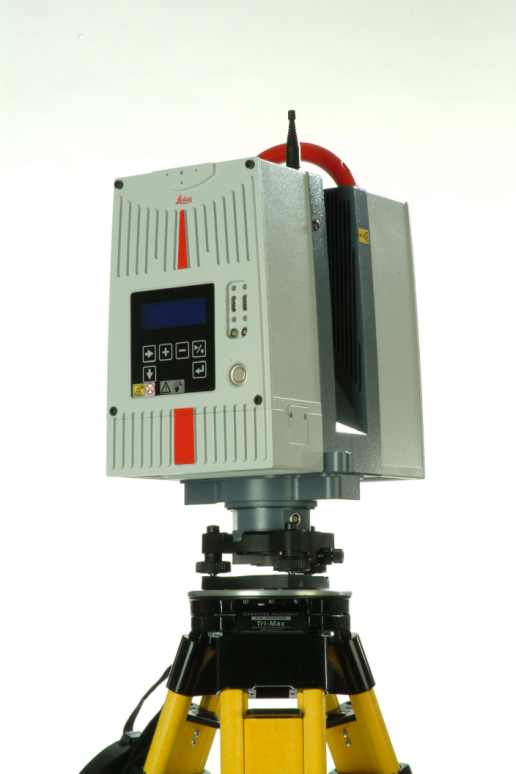
In 2009, Leica created produced the P20 laser scanner which took 1 million measurements per second, with the scan time reduced to 6 minutes for a full 360° scan. Accuracy remained at 5mm over 50m.
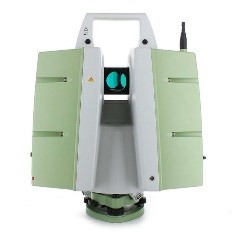
In October 2013, Faro released their upgraded scanner the Focus X330 which produced 976,000 points per second again with an accuracy of 5mm and a maximum range of 330 metres.
The price of this scanner was quite significant in that it cost £40K some £20K cheaper than competitors at that time.
This resulted in many survey companies purchasing laser scanners without having the capability to produce the 3D models from the resulting point clouds which by this time had become massive.
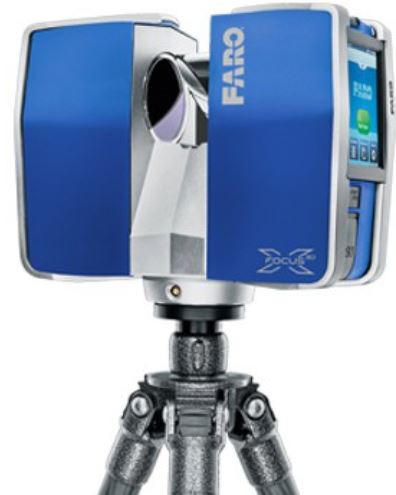
In 2019, Leica produced the RTC 360 laser scanner. This was again a step-change in the technology and incorporated many of the features surveyors had been asking for.
This scanner doubled the capture rate to 2 million points per second resulting in a scan time of just 30 seconds or 90 seconds with colour!
Not only that, it is the first scanners to use cameras and IMU to help track its position and use auto-registration whilst out on site.
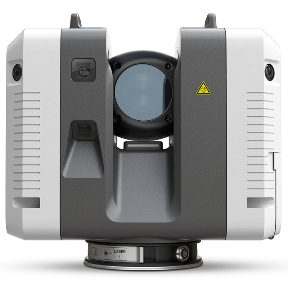
Laser scanners have evolved so much in the last 20 years and they don’t seem to be slowing down anytime soon.
The industry keeps growing year on year with more companies buying laser scanners and not only that, more projects are requiring high quality, 3D accurate point cloud data only achievable with 3D laser scanners.